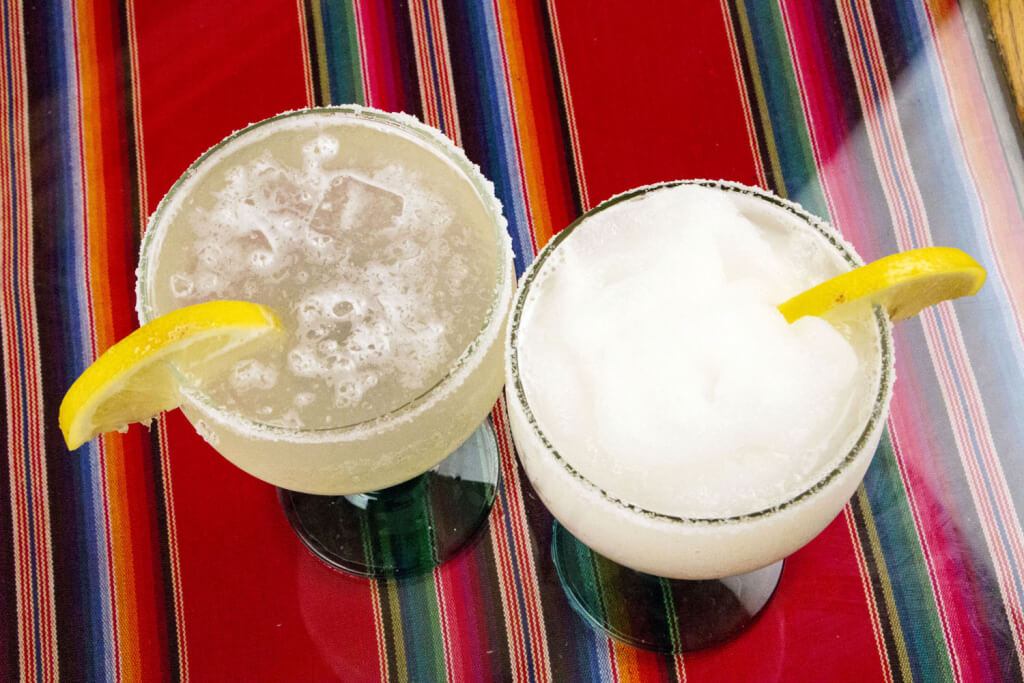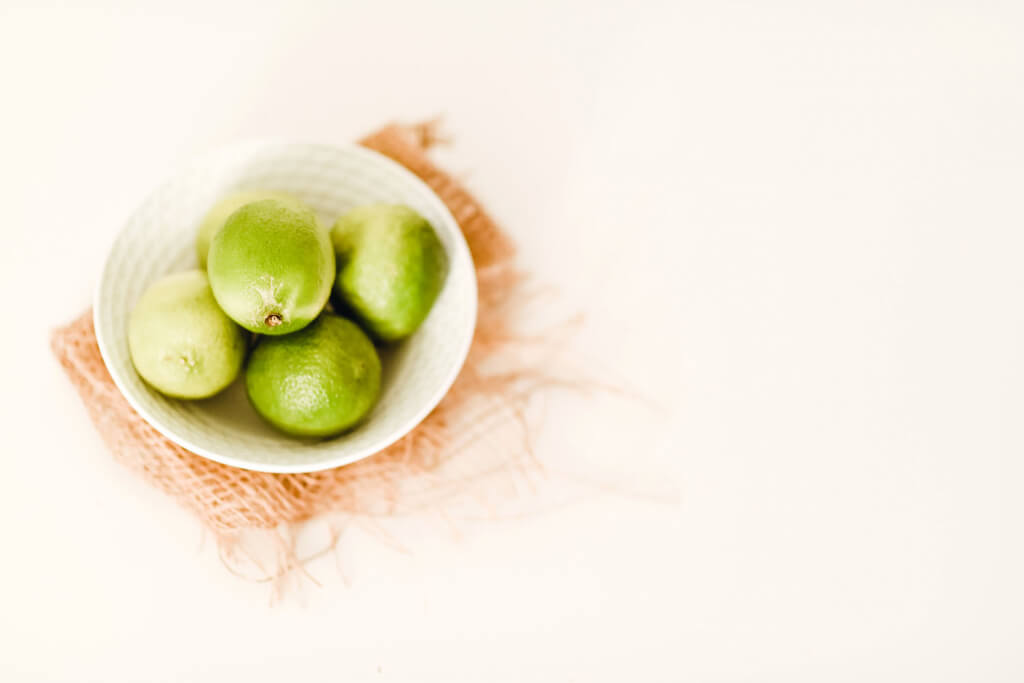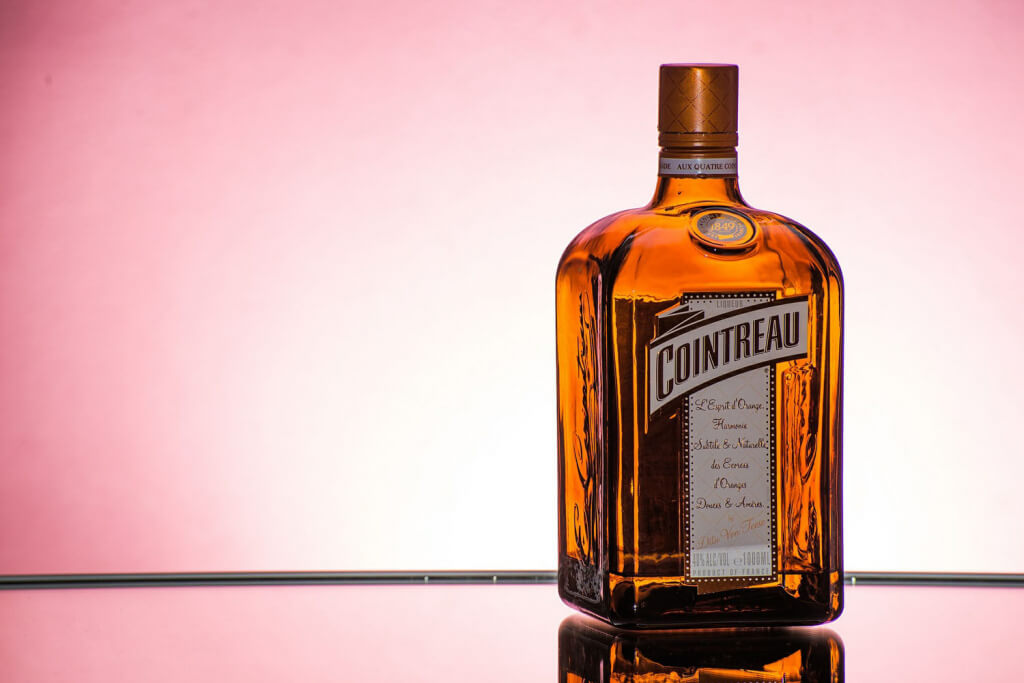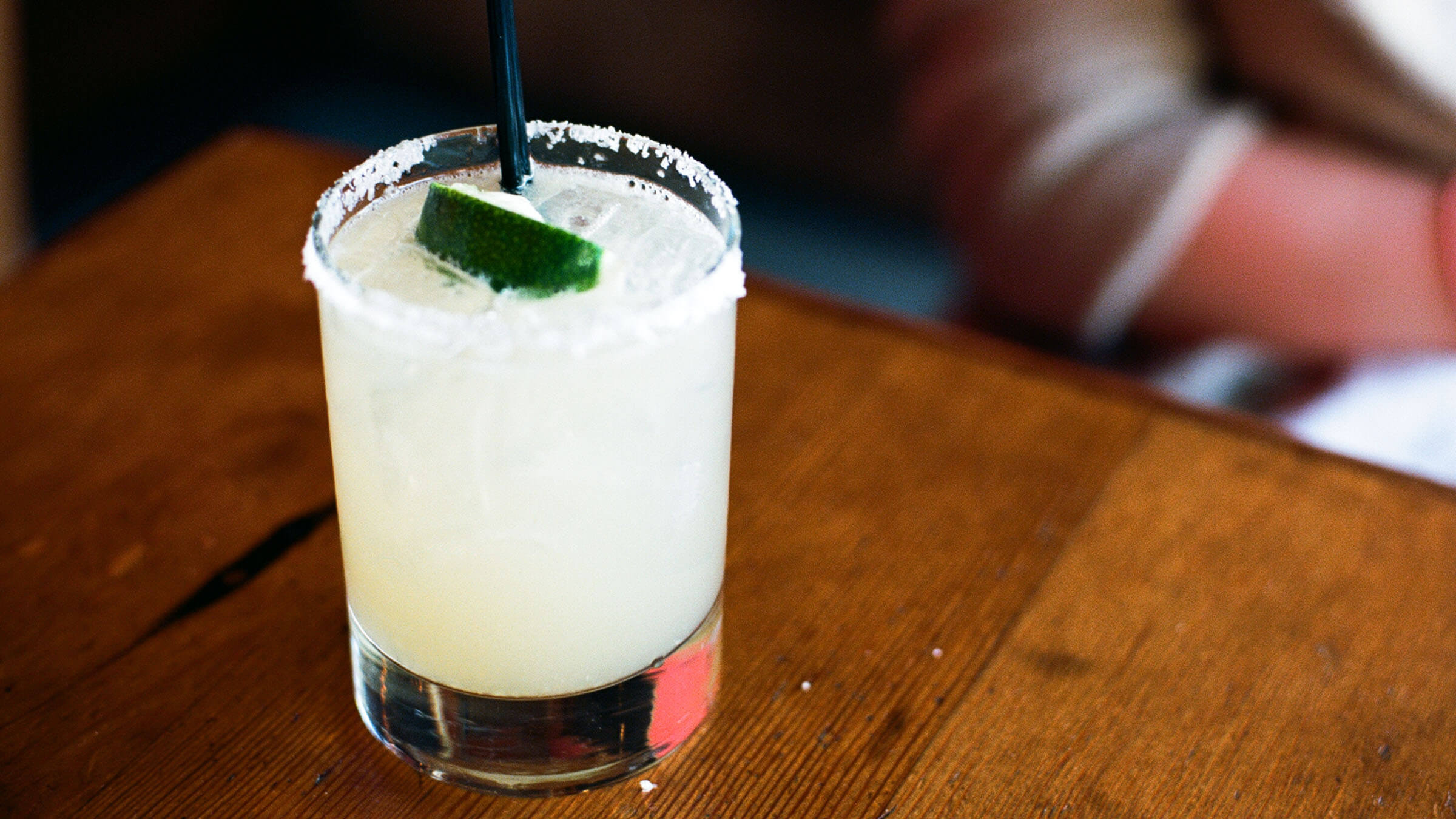Undisputed icon of Mexican culture and gastronomy, and a favourite tipple of cocktail lovers around the world, the margarita is a legendary drink. But how was this famous tequila cocktail born? What makes it so special? And, most importantly, how can you make the perfect version? We have the answers.
The Origins
As with many famous dishes and drinks, the origin story of the margarita is the subject of much debate. One of the most-told tales holds that the cocktail was named after Margarita Henkel, the daughter of a German diplomat in the 1930s. Margarita supposedly visited Cantina Hussong’s in the city of Ensenada in Baja California, where owner Carlos Orozco was experimenting with new drinks. Margarita tried his latest concoction made with tequila, orange liqueur and lime juice, and he named it after her.

Another version comes from Carlos “Danny” Herrera, owner of Tijuana bar Rancho La Gloria. According to the story he told until he died, Herrera invented the margarita in 1938 for dancer Marjorie King, who claimed to be allergic to all liquors except tequila – but she didn’t want to drink it straight.
Still others say that the margarita is simply the tequila version of a Daisy cocktail, a type of drink – hugely popular in the Prohibition era – that combined a citrus juice, a liqueur (often orange-based) and a base spirit. After all, “margarita” means “daisy” in Spanish.
Regardless of its origin, there’s no debating that the margarita is one of the world’s most beloved cocktails – so much so, that 22 February has been designated as International Margarita Day, celebrated in Mexico and across the globe by sipping this delicious drink in all its variations.
So what exactly goes into this famous cocktail?
The Ingredients
Tequila
A truly Mexican drink, tequila is an alcoholic spirit made from blue agave, a plant native to Mexico and primarily found in the state of Jalisco. The different types of tequila include Tequila blanco or plata (clear in colour, aged less than two months), Tequila Reposado (aged between two months and a year in oak barrels), Tequila añejo (aged between one and three years in oak barrels) and Tequila extra añejo (aged at least three years in oak barrels). Tequila Reposado is the most common kind, with a sweet taste and woody notes from the oak barrel – and it’s what you’ll want to use in your margarita.
Orange Liqueur
Popularly known under the generic banner of “triple sec”, orange liqueur is important in adding a fruity-sweet yet slightly bitter note to the margarita. Curaçao and Grand Marnier are sometimes used, but Cointreau is generally considered the best orange liqueur for margaritas; it’s made with sweet and bitter orange peels and distilled three times, resulting in a smooth, well-balanced liqueur.
Lime Juice
Back away from the sugary mixes: nothing can replace fresh limes in the perfect margarita. Choose limes with thick peels, but which are slightly soft to the touch. Squeeze them and use the juice immediately while it’s very fresh, straining out the seeds and pulp.


Salt
Perhaps the oldest condiment in the world, this “white gold” adds flavour to everything it touches – including the margarita. Avoid regular table salt, choosing instead a large-grain sea salt. For a twist on the basic drink, use a salt that has been smoked with juniper, cherrywood, beech or oak, which lends the salt a unique flavour and aroma.
The Variations
Take a popular cocktail, add the creativity of renowned mixologists across its 85 years of existence, and you’re bound to get a few worthy variations on the classic. Some favourites include:
The Frozen Margarita
A cold, refreshing drink for a hot summer day – with a complimentary side of brain freeze – frozen margaritas are basically boozy flavoured ice. Simply add an abundant amount of finely crushed ice to your other margarita ingredients until its consistency is similar to that of a granita.
The Smokey Margarita
Infused with heady smokey and woody aromas from smoked salt, a smokey margarita usually involves aged tequila or mezcal. In addition to Cointreau and lime juice, this mixture is very citrus-forward, made more potent with the final touch of the smoked salt.
Fruity Margaritas
Though a classic margarita is made with only citrus juice, other fruits and fruit juices can also be used – usually a fruit purée or a splash of juice is added to the basic margarita recipe. Strawberry margaritas are particularly beloved, mixing strawberry purée into the drink for a sweet-and-sour treat. You can play with the proportions of the ingredients according to the taste you want to achieve.
The Recipe
If you’re looking to make the perfect version at home, it’s always best to start with the basics – in this case, that’s the classic margarita. The International Association of Bartenders recommends the following for a well-balanced margarita:
3.5 cl Tequila*
2 cl Cointreau
1.5 cl Freshly squeezed lime juice
3 ice cubes
Sea salt and a bit of lime juice to line the glass
*According to bartender and cocktail expert Edgar Páez, a good margarita should be made with 100% agave tequila such as Don Julio, Cazadores, 1800, Herradura, Jimador, Patrón, Milagro or Tequila Select Barrel.
1. First, prepare your serving glass: Run a lime wedge around the rim of the glass to wet it. Put a bit of sea salt in a bowl, and dip the rim of your glass into the mixture to line it.
2. Next, prepare the margarita in a shaker: Add a bit of crushed ice to the shaker, along with all the ingredients. Shake well and strain into a cold glass with a few ice cubes. Garnish the cocktail by placing a slice of lime on the edge of the glass.
Now that you’re an expert, enjoy one of the best drinks in the world!
[Photo at top: Neil Conway/Flickr]














Sorry, the comment form is closed at this time.